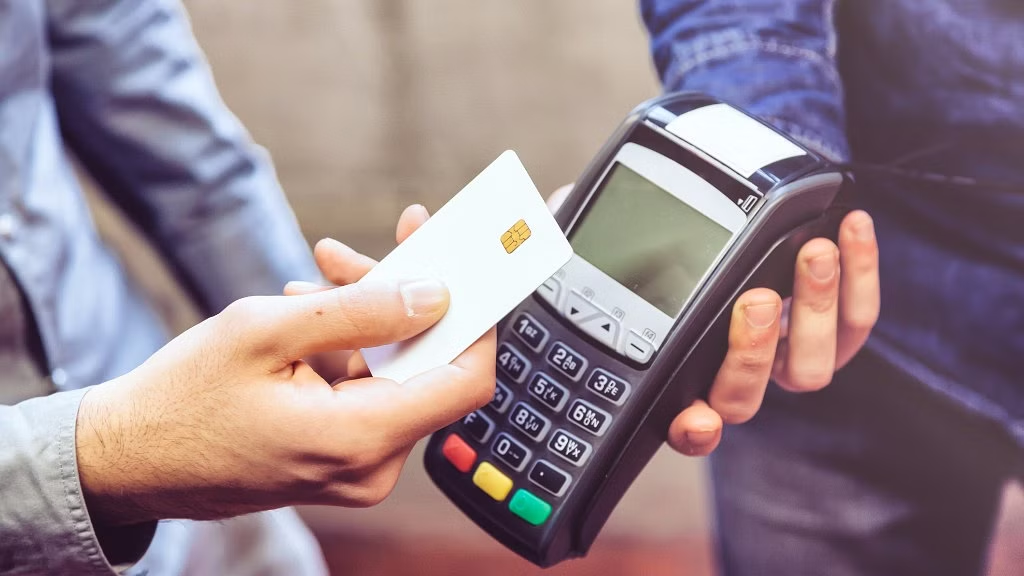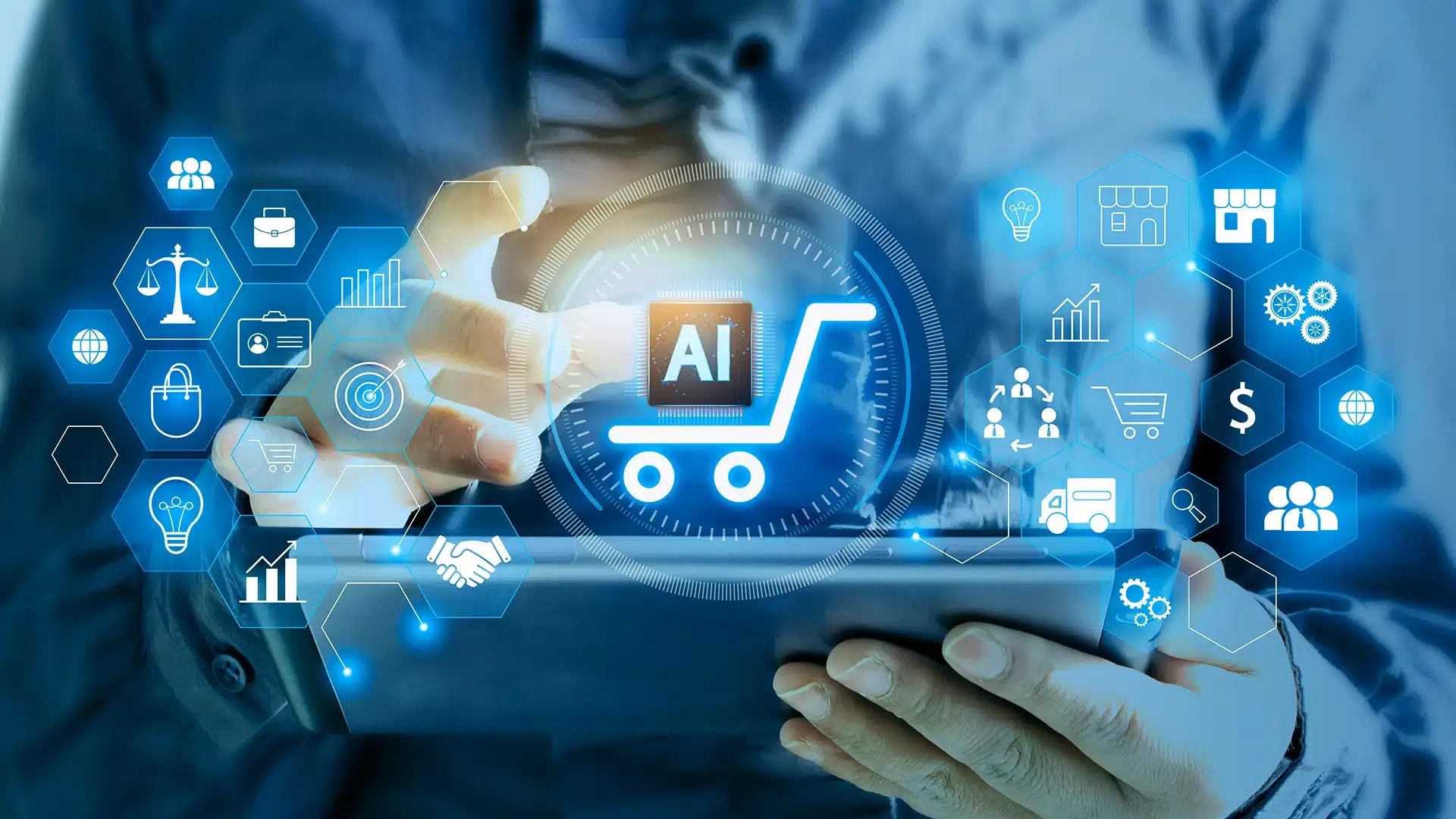Shopping today is a matter of convenience, a seamless blend of desire and instant gratification, all at the touch of a button. The digital aisles are open 24/7 — like the online Vulkan casino — allowing shoppers to fulfill retail cravings from the comfort of their homes, during a commute, or even on a lunch break. Gone are the days of planning shopping trips, navigating crowded malls, and waiting in long checkout lines. It’s all different now!
As convenient as this is, it’s noteworthy that this transformation didn’t happen overnight. It’s the result of remarkable evolution in technology and society’s dynamic expectations. Take a look at how this journey has unfolded, from the humble beginnings of e-commerce to the powerhouse it is today.
Steps in the Progress of E-Commerce
Electronic shopping has undergone steady growth to varying degrees over the years. Let’s break down its progress into eras to understand the process.
The Foundation — 1970s – 1990s
In the 1970s, the groundwork for online shopping was established with innovations like the Electronic Data Interchange (EDI), which allowed businesses to exchange documents electronically. However, it was the 1990s that truly marked the dawn of the e-commerce era, as the Internet became more accessible to the public.
Pioneering companies like Amazon and eBay launched in 1985, setting the stage for a new way of doing business. They offered a diverse array of products and a platform for peer-to-peer transactions, respectively. By 1997, both had completed a million transactions, heralding the arrival of online retail as a formidable force.
Consumer Trust and Digital Payment — Late 1990s – 2000s
The introduction of SSL encryption for secure data transmission was a significant step in assuaging consumer concerns about the safety of online transactions. This time also saw the emergence of PayPal, a digital payment system that revolutionized the way payments were made online.
The platform provided a secure and easy way for users to transact, propelling the growth of e-shopping platforms, which was followed by companies like Google and Amazon introducing their payment channels, too.
Mobile Commerce and Social Media — 2010s
The advent of smartphones saw a pivotal change in electronic commerce, ushering in the age of mobile commerce (m-commerce). This period saw a dramatic increase in the use of mobile devices to conduct transactions online, including shopping, banking, and bill settlements.
With m-commerce, consumers could make purchases from anywhere as long as they had Internet access. Social media platforms also played a crucial role by integrating so-called buy buttons, making it possible to shop directly from your feeds. Other innovations that played a key role include the following:
- Personalized shopping experiences;
- Location-friendly products and service ads;
- Improved ease to influence consumer behavior.
Personalization and AI — 2010s – 2020s
By the 2020s, artificial intelligence (AI) became a game-changer in personalizing the virtual shopping experience. AI-powered recommendation engines could now analyze customer data to suggest products that align with individual preferences, creating a more engaging and efficient shopping process.
These sophisticated systems rely on three methods to craft tailored brand messaging and product offerings. These are:
- Machine learning;
- Natural language processing;
- Deep learning.
The result was a considerable improvement in conversion rates and client satisfaction, as shoppers enjoyed a curated selection that felt uniquely personalized for them.
The Pandemic Effect — 2020–2021
The Covid-19 pandemic served as a catalyst for an unprecedented surge in e-commerce. While physical stores closed and social distancing measures took hold, consumers and businesses alike pivoted to the digital realm for their dealings. This shift was not merely temporary but a permanent transformation in shopping behavior.
Electronic stores witnessed a significant uptick in usage, with online retail sales experiencing a distinct upward jog, contributing to sustainable growth. The pandemic also highlighted the resilience of e-commerce, as it kept serving despite contact restrictions and, therefore, marked a turning point. This saw a jump in the industry’s share of global retail trading volume from 14% in 2019 to 19% in 2023.
Global E-Commerce Expansion — 2020s
The current decade has seen a boom in e-shopping across the globe. This expansion is particularly notable in Asia, the Middle East, and Latin America, with developed markets like China and South Korea leading the charge.
A good reason for such universal acceptance is the incorporation of advanced technologies like AI, VR, and AR to enhance the experience and cater better to the rising customer inclination towards online purchases. As such, the focus for e-commerce brands has shifted towards optimizing the user experience, with an emphasis on efficient delivery systems and customer service.
Become Part of the E-Commerce Revolution!
The e-commerce landscape has undergone a remarkable development, becoming an integral part of our daily lives. Numerous barriers to entry have been significantly lowered, allowing businesses worldwide to reach a global audience with unprecedented convenience.
For businesses, this is a clarion call to join the digital shift and capitalize on the vast potential of e-trading. For shoppers, it’s an invitation to enjoy the fruits of this virtual revolution, where choice and ease only a click away. It’s time to welcome this era of shopping with open arms and make the most of the opportunities it presents.




